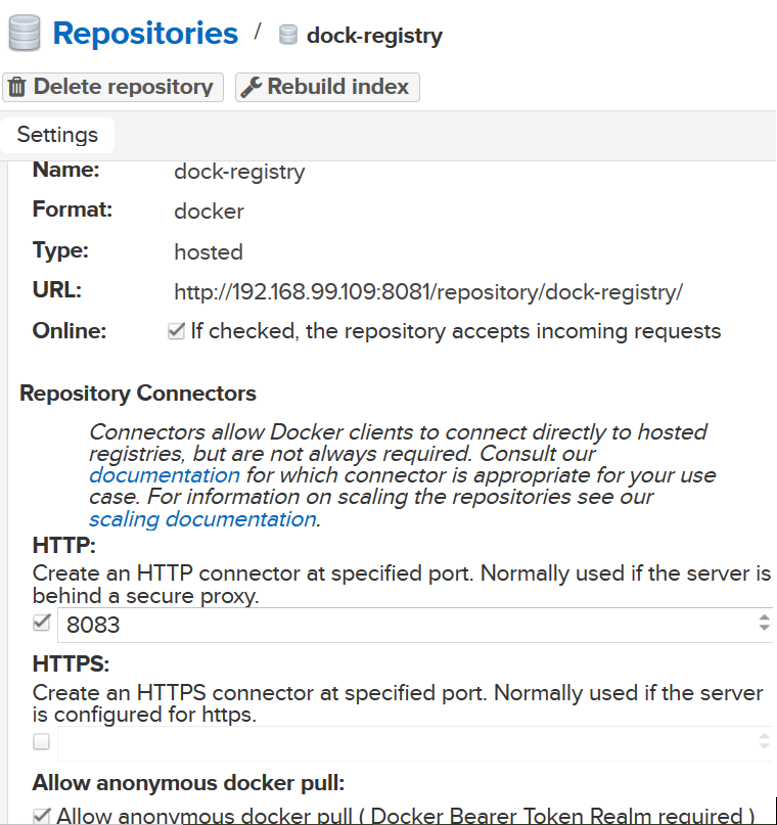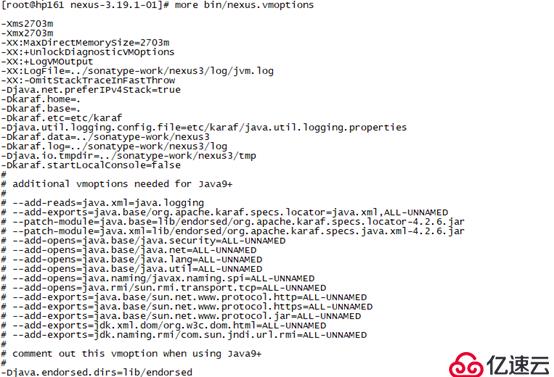
There is also an open source version ( (Read more.) The Pro version has extended capabilities and support. It greatly helps getting a team up and running with repository manager. One of the key motivation for using Nexus Repository is its ease of use.

Do remember the password that you create! This will also remove the admin.password file. Step 4.1 allows you to change the password from the default password. Since you will be logging in for the first time, you need to refer to admin.password file to get the temp password. Step 4 is the general step that allows you to login to the Nexus server. Step 3.1 may be needed if you have existing application running on the same port as Linux. If you are running this on Linux you can start this process in background with “&” added at the end of the command. Behind-the-scenes it does many things so that a normal developer need not have to worry. Step 3 is responsible for running the Nexus server. Step 2 is needed because the downloaded package is in. Step 1 is needed to download the exe from Nexus host. There are just four, called out from step one to step 4.1. In this video I divided entire tutorial into series of steps. Select corresponding Service object and application port 8081 and provide a public hostname for URL.ħ.Set Up Nexus Repository 3.20 in Just Four Steps Once all the resources are up and running, Create a Route Object to enable external access for Nexus UI.

Click Create to start deploying the instance.Ħ. For production deployments, please increase the same as per our system requirements documentationĥ. Note: By default, Nexus is deployed with minimum heap size of 2703MB. =jdbc:postgresql://postgresql-host:5432/nexusdb We highly recommend to use external database for container environment.īelow arguments can be added for connecting to a postgresql hostname postgresql, database named nexusdb, as user nexus with password nexus123. XX:+UnlockExperimentalVMOptions -XX:+UseCGroupMemoryLimitForHeap Dnexus.licenseFile=/etc/secret-volume/nx-license.lic

Replace install4jAddVmParamsenv variable name with INSTALL4J_ADD_VM_PARAMS name and modify the values as below. (Change enabled to true and add data section with base64 encoded license data). metadata:name- Preferred name for this deployment. Switch to YAML view and modify below sections Click "Create instance" from Installed Operators -> Nexus Repository Operator.Ĥ. Select the project (nexus) from drop down menu.ģ. Base64 encoded data of Nexus Pro license file named in this example as nx-license.lic. Nexus Repository Manager Operator installed. Running OpenShift Platform with access to RedHat Repositories This article explains installing Nexus instance with pro license using Nexus Operator in OpenShift. Nexus Repository Manager can be deployed in OpenShift cluster using various methods


 0 kommentar(er)
0 kommentar(er)
